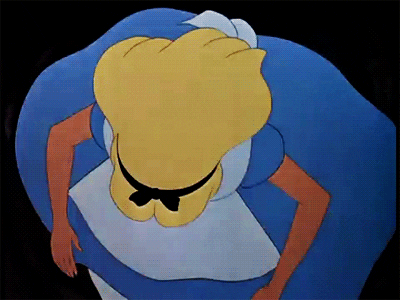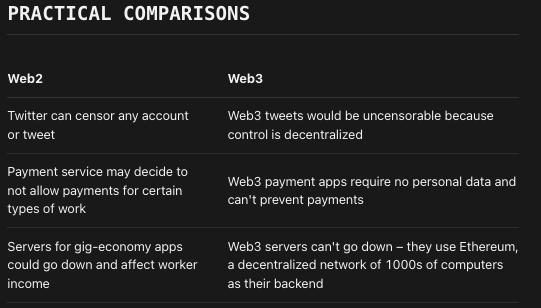Down the Rabbit Hole | Web3

Do you remember the beginning of the internet? Perhaps you remember that moment in the early 90’s when you first heard that coo-coo-ca-choo of a dial-up modem connecting you to the World Wide Web for the very first time. Static web pages and news articles posted online were our earliest experiences on the net. While there were chat rooms within which early net users could contribute, the majority of the early internet, now known as Web 1.0, was a read only experience. Websites that did allow for a users to log-in would require a username and password, which they did not store and which the user would have to put in each time they visited the site.
By 2004 or so we began to see the emergence of what was called Web2.0. Web2.0 was Read/Write where Web1.0 was more or less Read Only. The emergence of platforms like Myspace, Blogger, Facebook, YouTube, Flickr and more made it possible for web users to interact and collaborate with one another in ways that had never before existed. The earlier generation of the web limited users to a passive viewing of content as consumers while the rise of social media turned users into creators that would generate the majority of the content to be found on the platforms themselves. Tagging, likes, hashtags, podcasts, streaming, etc. On and on it goes and the volume of content has exponentially increased as every web user is effectively a content creator. Web2 also allowed us to use one of our main accounts such as Facebook or Google to remain logged in and connect to other websites and accounts by simply clicking one of these big tech services that would serve as our log-in.
Recently, we have seen the rise of what is being called Web3 and as far as we can tell it is almost impossible to overstate the importance of the shift we are seeing today. If Web1 was Read and Web2 Read/Write, Web3 is Read/Write/Own. The ability to own digital assets, and control digital identity, without reliance on any of the big tech services, has been made possible by the emergence of peer-to-peer networks keeping immutable public ledgers on a technology called blockchains. Almost everybody who has started to learn about Web3 has referred to the experience as ‘Falling down the rabbit hole,’ even the Economist used this allusion to Alice in Wonderland in their cover story on Web3 and decentralized finance. While it will be impossible for this particular issue to innumerate all that this means, our intention here is to simply introduce the concept and this series, Down the Rabbit Hole, which will appear each week in the Word on the Streets publication.
As far as we can tell there has not been a technological shift of this significance since the emergence of the internet itself. It’s still so early that many of you will have not even started to pay attention to it yet and we hope this series will help remedy that. We cannot urge you enough to go ahead and learn to swim as the tide is most definitely coming in. As a matter of fact, based on the numbers it seems we are in 1998 again. If you are like us you can probably remember things from back then you scoffed at, choices you didn’t make, and stocks that you didn’t buy because you did not have the foresight to see just how big of a deal it all actually was. Well here we are again. Nobody is paying attention, people say things like “I just don’t get it” and they are remaining willfully ignorant while the entire digital landscape is transforming all around them.

Each week we will cover a small component of the journey into the rabbit hole. If you already have some familiarity, the first few issues might just be for review as we want to start with the most 101 components because our assumption is that is where the majority of readers actually are. Our intent is to share what we are learning. We want to invite you to subscribe and join us on this journey into the next phase of the internet.
Curiouser and curiouser!” cried Alice
